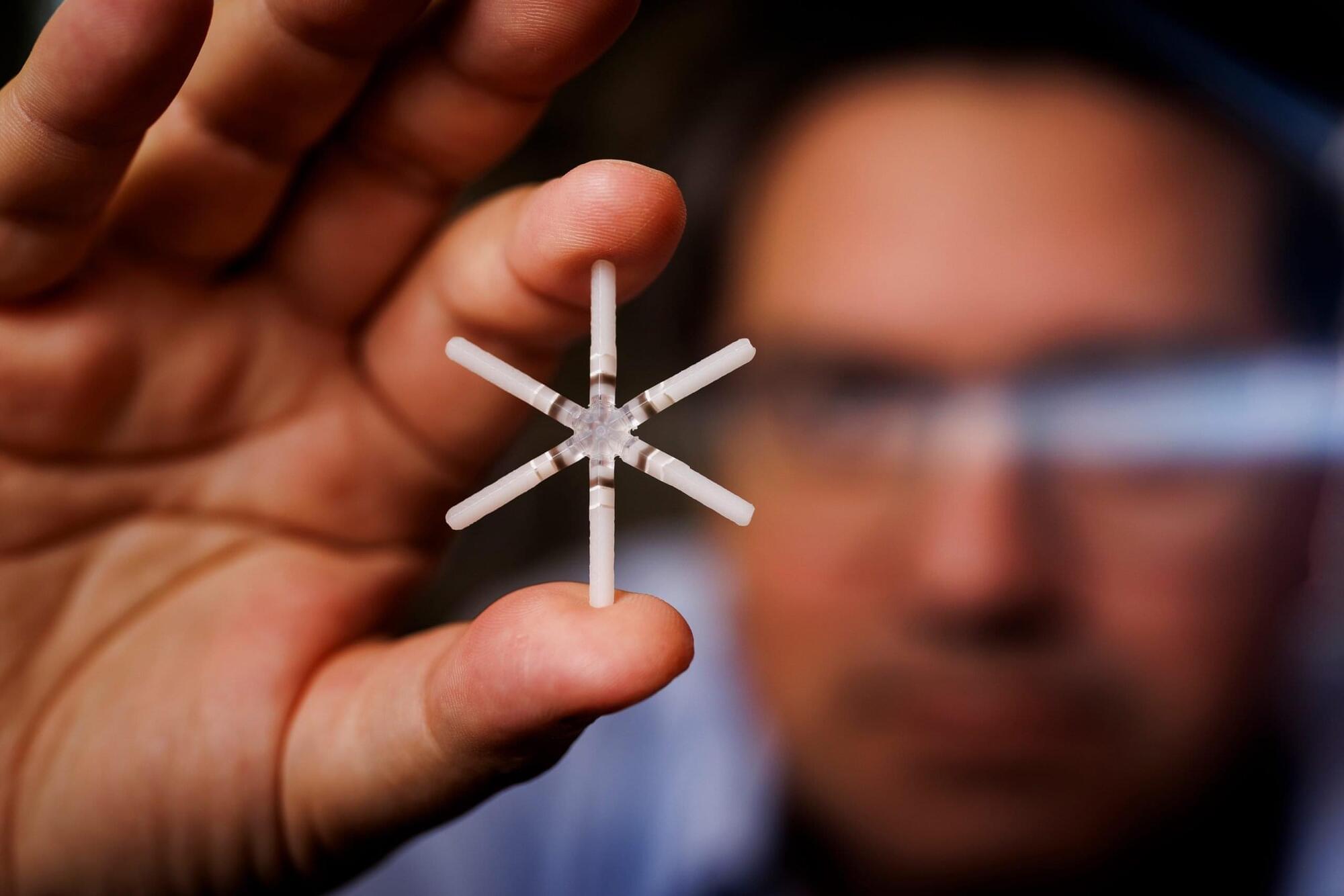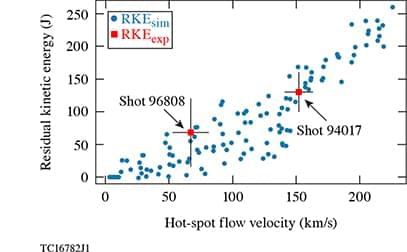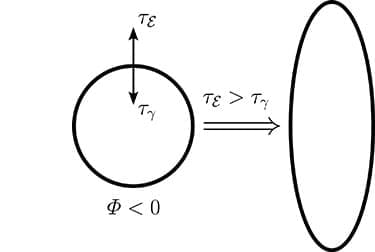The answer, it turns out, is yes. In a breakthrough experiment, scientists have observed signs of anyons in a one-dimensional ultracold gas for the first time. The research, published in Nature, involved teams from the University of Innsbruck, Université Paris-Saclay, and Université Libre de Bruxelles.
To reveal the presence of anyons, the scientists carefully injected and accelerated a mobile impurity into a tightly controlled gas of bosons at near absolute zero.
Absolute zero is the theoretical lowest temperature on the thermodynamic scale, corresponding to 0.00 K (−273.15 °C or −459.67 °F). At this point, atomic motion ceases entirely, and the substance no longer emits or absorbs thermal energy.









